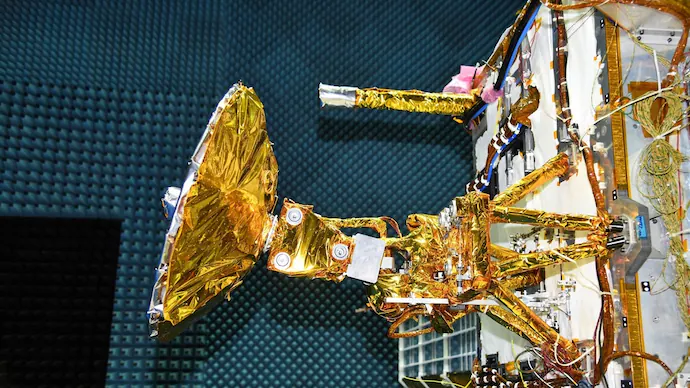Launch Delay Announcement
NASA has announced a delay in the launch of the NISAR satellite, a collaborative project with the Indian Space Research Organisation (ISRO). The launch, initially planned before February 2025, is postponed due to ongoing work on the satellite’s large deployable antenna and specific orbital requirements.
Background on NISAR
NISAR (NASA-ISRO Synthetic Aperture Radar) represents a significant partnership between NASA and ISRO, aiming to enhance Earth observation capabilities. This mission marks the first major collaboration between the two space agencies, with NASA contributing over $1 billion to the project.
Launch Scheduling Complications
The delay is primarily due to issues with the satellite’s 12-meter-wide antenna. NASA identified the need for a special coating to address potential problems caused by temperature fluctuations during storage. Consequently, the antenna was returned from India for these modifications. Additionally, NASA has noted that the satellite must avoid launch windows between early October 2024 and early February 2025 due to temperature changes from alternating sunlight and shadows, which could affect the deployment of the antenna’s boom.
Scientific Goals
Upon launch, NISAR will utilize advanced radar technology to monitor various Earth phenomena, including glacier movements and volcanic activity. The satellite is designed to map the entire Earth every 12 days, significantly contributing to ongoing Earth science research.
Mission Overview
- Mission and Purpose: NISAR is a joint NASA-ISRO mission set to launch in 2024, designed to track changes on Earth’s surface using advanced radar technology.
- Capabilities and Features: Equipped with both L-band and S-band radar, NISAR can detect surface changes as small as a few centimeters, mapping forests, glaciers, and natural hazards.
- Impact and Collaboration: Expected to operate for over three years, NISAR will support climate change studies and exemplify international cooperation between NASA and ISRO in Earth science research.




